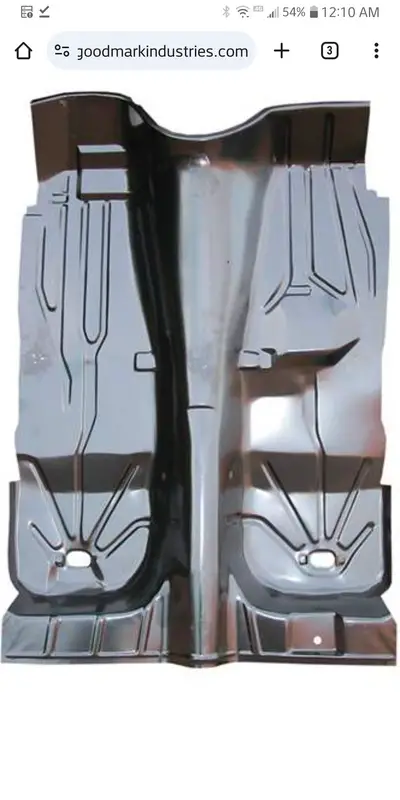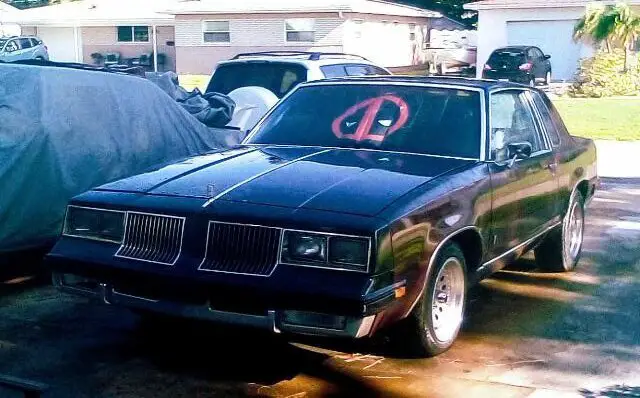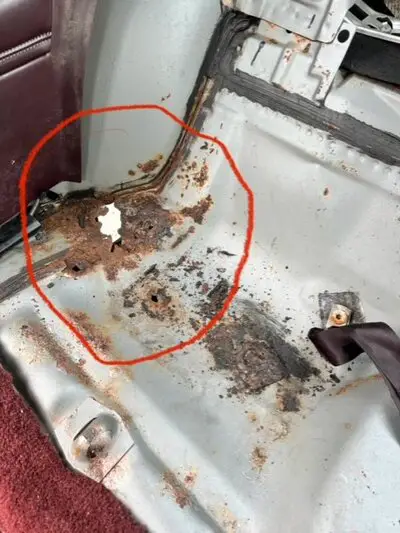Excellent information/ advice, thank you. So in your opinion would utilizing PBA and a small patch in this scenario be acceptable at all or would you go directly to the welder? I'm always up for learning from others and appreciate the input.One thing to remember about PBA is that its meant for attaching whole replacement panels designed for it, not patches. PBA has different expansion and contraction rates than metal which will make a PBA attached patch ghost up in temp changes. Moreover, body panels in modern cars are designed and stamped with attachment points meant for PBA, old car body panels not so much. Modern car body panels have 1 inch wide seams for PBA, most old car panels only have 1/4 inch seams for welding. Also PBA requires compression while it cures, if not clamped tightly the joint will be leak.
Just to be clear I am not saying PBA is bad,, but that every method is meant for different applications. That one method may be excellant for one application and poor for another. Old cars often require outdated methods because they are designed for them and modern methods are not always backwards compatible.
I believe that I'd feel comfortable using PBA here unless the muffler was going to be directly beneath the patch, but even then it should be alright provided it's given the proper clearance for airflow. I imagine roughing up the mating surfaces via sandblast or 20-80 grit should provide ample grip for the adhesive to perform its duty, and I'd hold things in place via rivets, screws/nuts, or Clecos (best) while everything solidified and simply weld those little holes shut after the fact. Naturally, it all gets covered with epoxy primer to seal it. I admit that I have much to learn and would love to hear any and all feedback regarding this proposed fix.
I pose another question: In lieu of welding or "gluing" a patch in place would you consider brazing or even soldering one in? My thought being that so long as the two layers don't delaminate then we're alright, and I'm overlapping any patch by 1" and completely filling any and all voids between layers. I'd attempt to achieve that goal by using powdered bronze (filings) mixed with Borax OR a liquid solder paste and engage that with a MAPP or Propane torch. I'd also consider using the flux covered brazing rods and go at it like I was taught to do, but the former process intrigues me. Of course differing metals and corrosion is part of the equation but I see that as easily solved and therefore moot, and I hope we're all on the same page regarding the prep.
Like many here I was raised to think outside the box and come up with multiple ways of skinning the cat- not all of which would be acceptable on a customer's car- but I'm curious what others think of these ideas.




